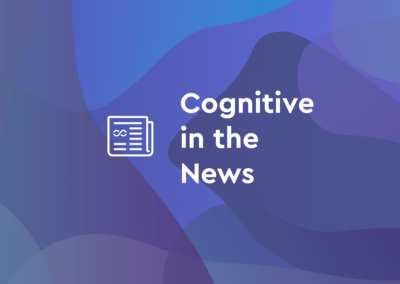Resources

Simplifying Smart Home Integration for Seniors
Caring for seniors presents unique challenges that don’t apply to other age groups. Unlike younger individuals who may recover quickly or adapt easily to new routines, older adults often face physical limitations, cognitive decline, and deep-seated resistance to...
Simplifying Smart Home Integration for Seniors
Smart home technology has the potential to improve seniors’ safety, comfort, and independence—but only if it’s designed with their unique needs in mind. Many older adults struggle with complex setups, privacy concerns, and physical or cognitive limitations that make adoption difficult. This blog explores the key challenges seniors face when integrating smart technology and offers practical strategies to simplify the process, ensuring that these innovations become helpful tools rather than sources of frustration.
Filter by topic

Simplifying Smart Home Integration for Seniors

What Does Peace of Mind Mean to Taj? | Caregiver Aware

Webinar ft. Chris Beg: Unlocking Wi-Fi Sensing with prplWare – A Standardized, Open-Source Approach

Rise & Shine: A Must for Caregiver Peace of Mind

Addison Aware Powered By Cognitive Systems is Transforming Private Duty Home Care

Too Many Notifications, Too Little Value: How to Optimize Wi-Fi Sensing Alerts

How Does WiFi Motion Work?

PIR Sensors vs. Wi-Fi Sensing: Choosing the Right Solution for Today’s Smart Homes

